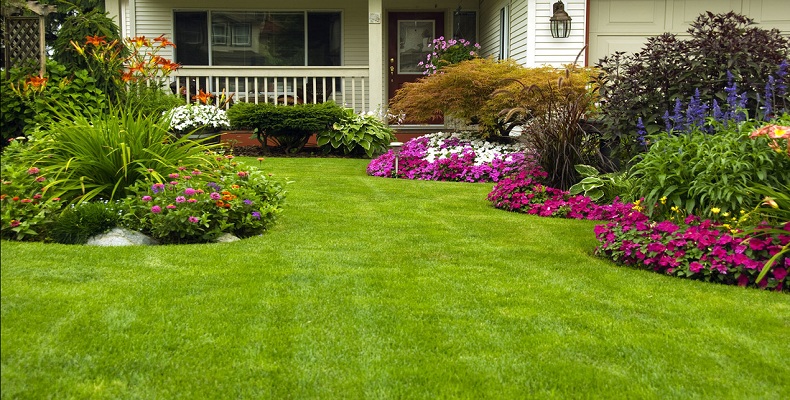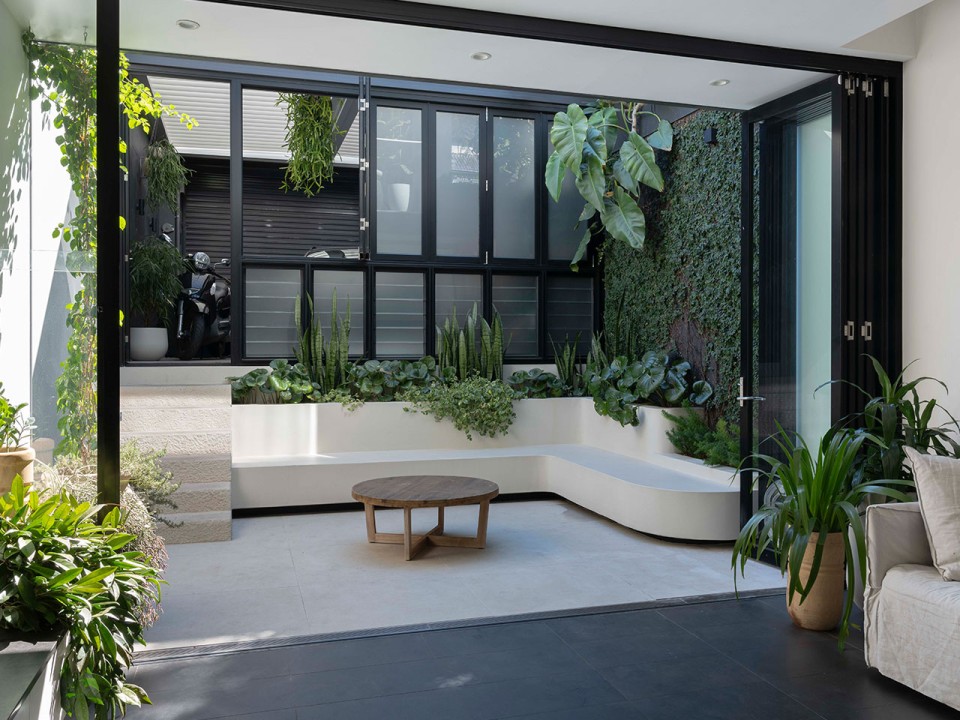The Best Guide To Landscape Design
The Best Guide To Landscape Design
Blog Article
Our Landscape Design Ideas
Table of ContentsThe Single Strategy To Use For Landscape DesignLandscape Design for BeginnersLandscape Design Fundamentals ExplainedLandscape Design Things To Know Before You Get This
A backyard can usually be divided right into three locations: public (the front lawn), exclusive (the back lawn), and service (generally the side yard). The area of activity areas depends mostly on the type of location, the size of room required, the type of activity, and the wanted distance to various other activities and frameworks.
The outside wall of the home usually acts as the initial wall or beginning point of an outdoor room. Incompatible usages need to be separated, and related tasks, such as food preparation and dining, must be put with each other to make the lawn much more efficient and satisfying. When utilizing hardscape to produce spaces, make use of construction material similar to that utilized in your house for continuity from the home right into the yard.
Connected spaces. Credit Rating: Gail Hansen, UF/IFAS Using similar hardscape attributes and duplicating plants pulls the eye around the garden. Crucial points along the means can be stressed with plantings or functions that draw focus and encourage movement in a certain instructions. Moving along the path takes an individual from one location to the following and enables the customer to have a selection of experiences.
From a style perspective, plant products have three major features in the landscape: visual, structural and utilitarian. Cosmetically, plants produce a visually pleasant atmosphere and structurally plants organize and define rooms.
Little Known Questions About Landscape Design.
For psychological convenience plants are utilized as physical or implied obstacles for privacy and safety and security. Physical obstacles block both the sight and access to a room and consist of fencings, walls and plant bushes. Landscape Design. Suggested obstacles, generally reduced growing plants, obstruct access yet not the sight (Number 9). Various other features of plants include cleaning up the air, avoiding erosion and soil loss, preserving moisture in the dirt, and returning raw material to the soil.
Physical and suggested obstacles. Debt: Gail Hansen, UF/IFAS For these reasons, the types of plants to be made use of (such as trees, bushes, or groundcovers) should be selected in the very early phases of planning. Plant kinds are selected for their useful capacities to ensure that their future purpose and needed area can be taken into consideration at the same time.
The above aircraft, the upright airplane and the ground aircraft should all be thought about to develop enclosure. When the form of a find out plant bed has actually been developed, the plants ought to be massed (organized) and split to attain aesthetic unity and the desired amount of room. The dimension of a plant mass will certainly rely on the total size of the yard, the size of the specific plants in the mass, and the emphasis or impact desired from the plant material.
Each plant mass is in front of, website link behind, or next to, an additional mass. Credit Rating: Gail Hansen, UF/IFAS Repeating plants within a mass and duplicating masses with similar plants ties the garden together. The individual plant attributes need to be taken into consideration to efficiently layer and mass plants.
The Single Strategy To Use For Landscape Design
All plant make-ups start with the major structure plants, the big, mainly evergreen history plants-such as the trees and huge bushes. These plants separate or enframe areas, regulate the dimension of the space, and give the starting point for choosing the ideal features of the second layer, midground plants, for massing and infill.
Essential factors in the garden need to be highlighted by the use of distinct plants, distinctive structures, or yard accessories. Marking thresholds or entryways to spaces can be made with gateways, arbors, and steps, or with using distinct and vivid plants. The kind and/or style motif of the garden will frequently assist identify the vital factors and how they ought to be highlighted.
Other essential locations in the lawn are focal factors, which is utilized to aesthetically organize a landscaped area. Various point of views or perspectives can reveal different compositions in the landscape that might call for read this article a variety of focal points.
Little Known Facts About Landscape Design.
Plant kinds. Credit History: Gail Hansen, UF/IFAS After type, appearance is the next leading feature of a plant; coarse, tool and fine appearances can be used for comparison and emphasis in the landscape.

The pleasurable scent of plants, the noise of wind in the trees, the sound and structure of water, and the shades and appearances of sculptures, pots and garden furniture all contribute to the experience of the yard. One information that is typically forgotten is the effect of light on the aesthetics of the plants.
The entire yard adjustments in function and look over the training course of the day, and the course of a year, as the light and temperature adjustment from morning to evening and period to period. Plant option must consider a plant's growth rate, its mature size and kind, and the maintenance it will require.
It is essential to understand the ultimate mature size of plants so they can be placed in the right place and spaced appropriately when they are mounted. Offering plants area to expand is a challenge since the typical mature dimension is commonly based on ideal growing conditions and the environmental conditions of a site might trigger a plant to enlarge or stay smaller.
Report this page